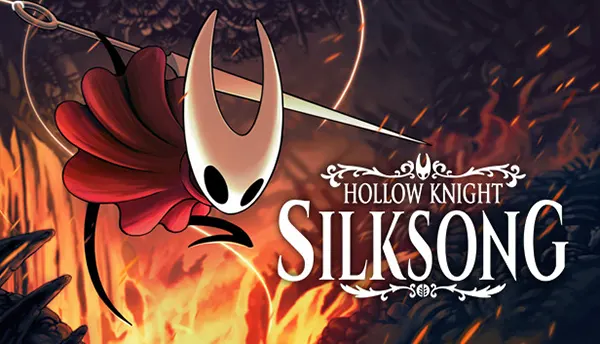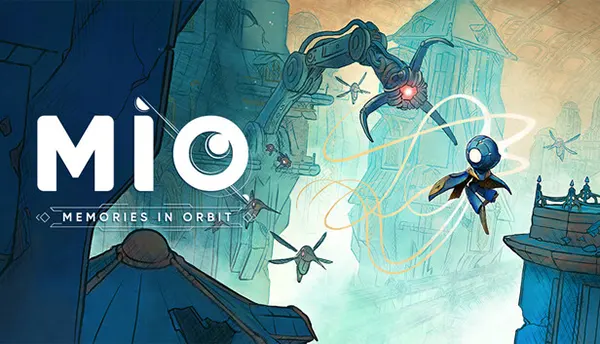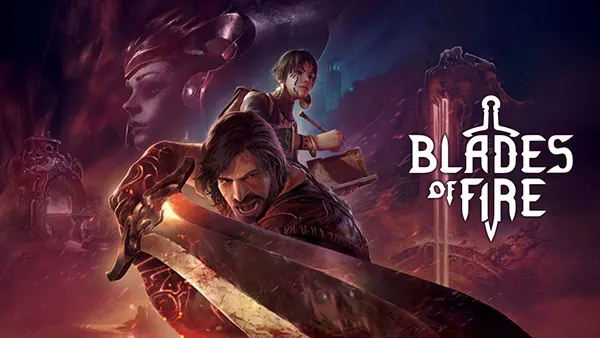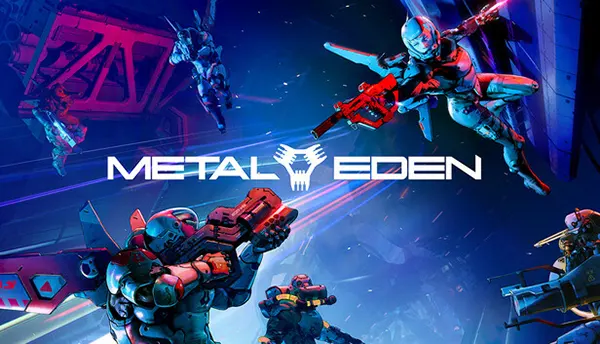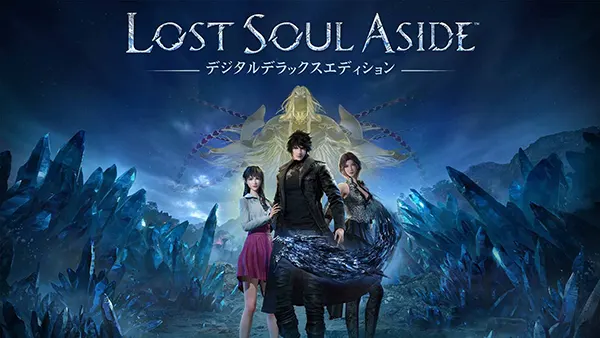T3 Arena – an Alternative to Brawl Stars? Pros, Cons and Gameplay Analysis

In the dynamic world of mobile shooters, T3 Arena has emerged as a promising title that draws inevitable comparisons to the established favourite, Brawl Stars. With its vibrant art style, fast-paced gameplay and a growing fanbase, many players are starting to wonder whether T3 Arena could become a serious contender or even a viable alternative. In this article, we take a close, objective look at both games, focusing on T3 Arena’s gameplay experience, strengths and potential limitations as of February 2025.
Core Gameplay: What Makes T3 Arena Stand Out
T3 Arena is a 3v3 hero shooter that emphasises rapid engagement and intuitive controls. Designed with mobile responsiveness in mind, it allows players to jump straight into short, action-packed matches that last only a few minutes. Each hero has a unique weapon and abilities, and the mechanics reward strategic movement, reaction time and team synergy.
Unlike Brawl Stars, where players can unlock characters via loot boxes or battle passes, T3 Arena uses a more direct hero acquisition system. Players can earn in-game currency through matches or opt for microtransactions. This more transparent approach is generally seen as fairer by the community and allows for easier access to favourite heroes.
Another distinct feature is the automatic shooting mechanic. While this might seem like a simplification at first, it significantly lowers the entry barrier for new players without compromising the need for tactical positioning and decision-making. The result is a gameplay loop that is both accessible and rewarding.
Visual Design and Technical Performance
Graphically, T3 Arena offers a colourful, futuristic aesthetic that distinguishes itself from the more cartoonish, top-down look of Brawl Stars. Characters are well-animated and the visual effects enhance the overall experience without overwhelming the screen. The user interface is clean, and controls feel responsive across most modern smartphones.
The game is well-optimised and runs smoothly even on mid-range devices. Lag and frame drops are rare, and matchmaking is generally fast. This strong technical foundation contributes greatly to its positive reception among players looking for a competitive yet stable mobile shooter.
Still, it’s worth noting that the game’s futuristic theme and character design might not appeal to everyone. Fans of Brawl Stars’ whimsical style might find T3 Arena’s aesthetic more sterile or generic, although this is highly subjective.
Game Modes and Progression
T3 Arena features a diverse selection of game modes, including Team Deathmatch, Payload Escort, Control and Free-for-All. This variety ensures the gameplay remains fresh and encourages players to master different playstyles. Modes rotate regularly and are designed to be played in short sessions – ideal for mobile gaming.
Progression is tied to hero upgrades and experience, as well as ranking in competitive matches. The upgrade system allows players to improve certain stats of their favourite heroes, which can provide a slight edge but doesn’t create an overwhelming pay-to-win environment, especially at casual levels of play.
Compared to Brawl Stars, the progression system in T3 Arena is more linear and less grind-heavy. Players often report reaching milestones quicker, which can be both a benefit and a drawback depending on whether one prefers a long-term grind or quicker gratification.
Community and Competitive Play
The competitive scene in T3 Arena is still developing. While there are ranked matches and seasonal leaderboards, the lack of official esports support limits the game’s growth at a professional level. That said, community-led tournaments are gaining traction and attracting skilled players looking for recognition.
The social aspects of the game are moderately developed. Players can join clubs, but the team coordination tools remain basic compared to those found in more established titles. Features like voice chat and friend invitations are functional, but not standout elements of the experience.
If the developers invest more in social and competitive infrastructure, T3 Arena could carve out a more solid space in the mobile esports ecosystem. Until then, it serves more as a polished casual shooter than a serious competitive staple.

Strengths and Limitations: Final Thoughts
One of the greatest strengths of T3 Arena lies in its balance between accessibility and depth. Newcomers can pick it up quickly, while experienced players will still find room to optimise strategies and hero combinations. The clean UI, smooth performance and transparent progression add to its appeal.
However, the game does face several challenges. Its limited map pool and relatively small hero roster – although growing – may reduce long-term replayability. Additionally, without deeper social features or a solid competitive infrastructure, retaining hardcore players may prove difficult.
In comparison with Brawl Stars, T3 Arena holds up well in many areas, particularly for players looking for a new experience with similar fast-paced action. Whether it becomes a long-term alternative or remains a solid side option will depend heavily on how the developers evolve the game in the coming year.
Is It Worth Switching?
For casual players or those burnt out on Brawl Stars, T3 Arena is certainly worth a try. It offers a fresh experience, easier hero access and a slick, modern aesthetic. The gameplay is tight and satisfying, even if slightly less deep than its predecessor in some respects.
For die-hard Brawl Stars fans, the switch might not be immediate. However, T3 Arena can serve as a complementary experience rather than a full replacement. Both games share a core philosophy but offer distinct takes on the hero shooter formula.
Ultimately, T3 Arena is a solid mobile title that deserves attention in 2025. While not a direct clone, it captures the essence of what makes quick multiplayer matches exciting and adds enough of its own flavour to stand apart.

